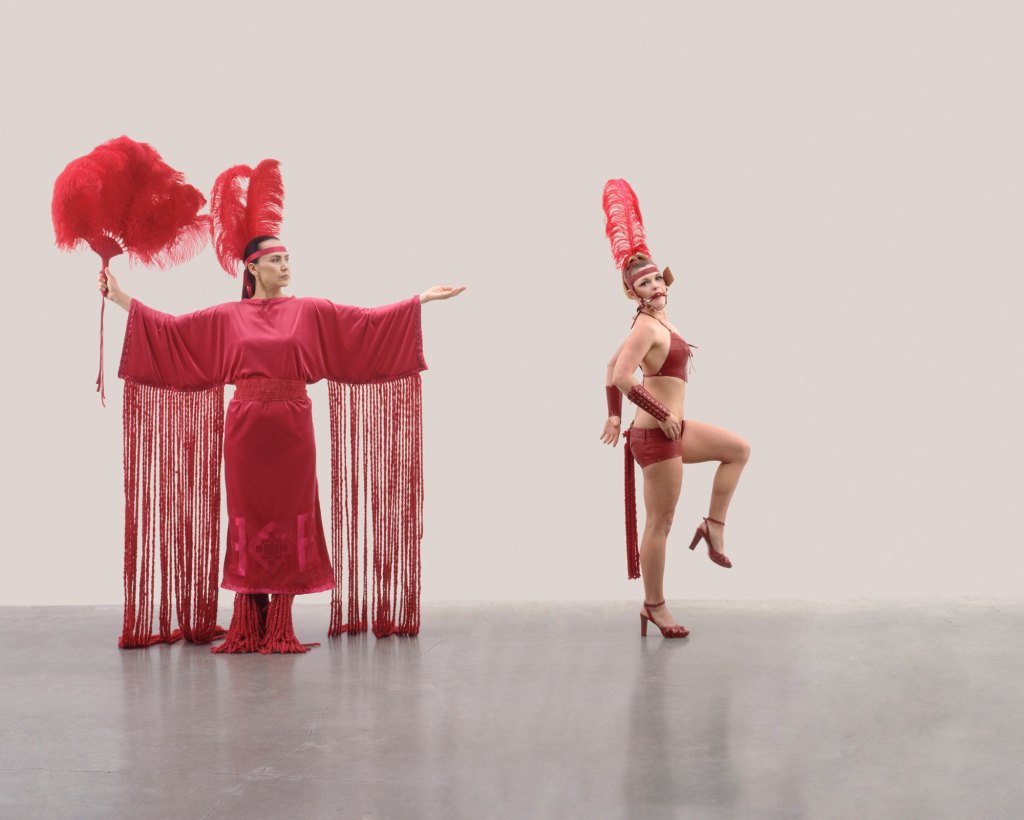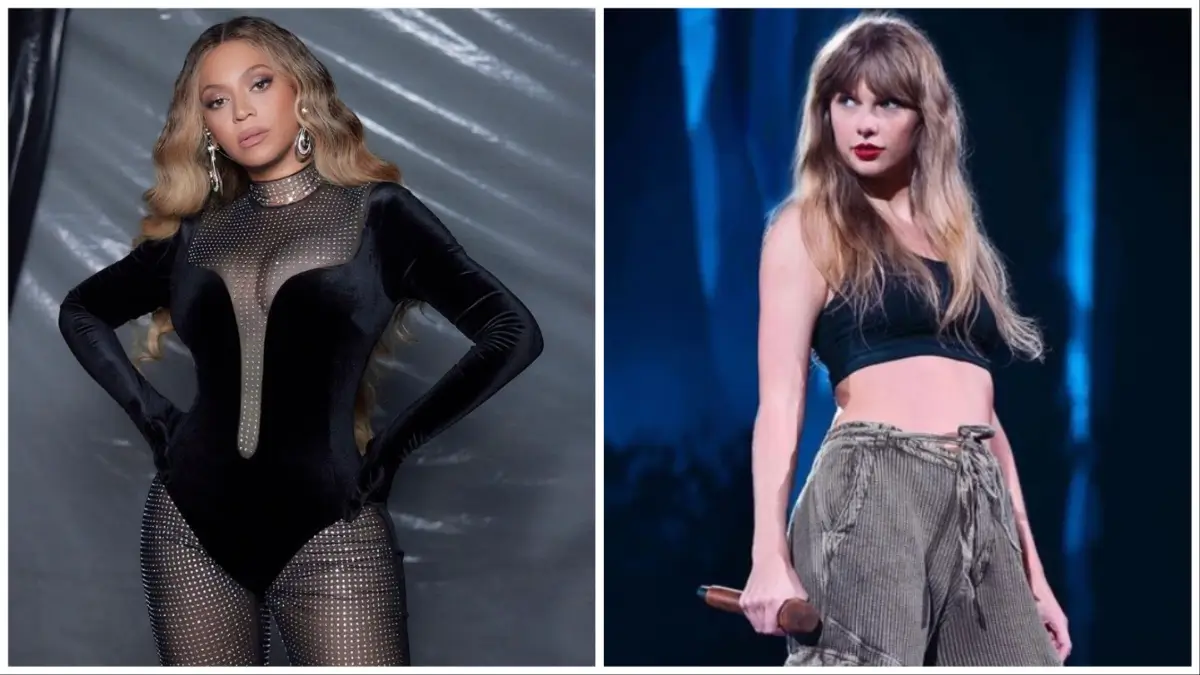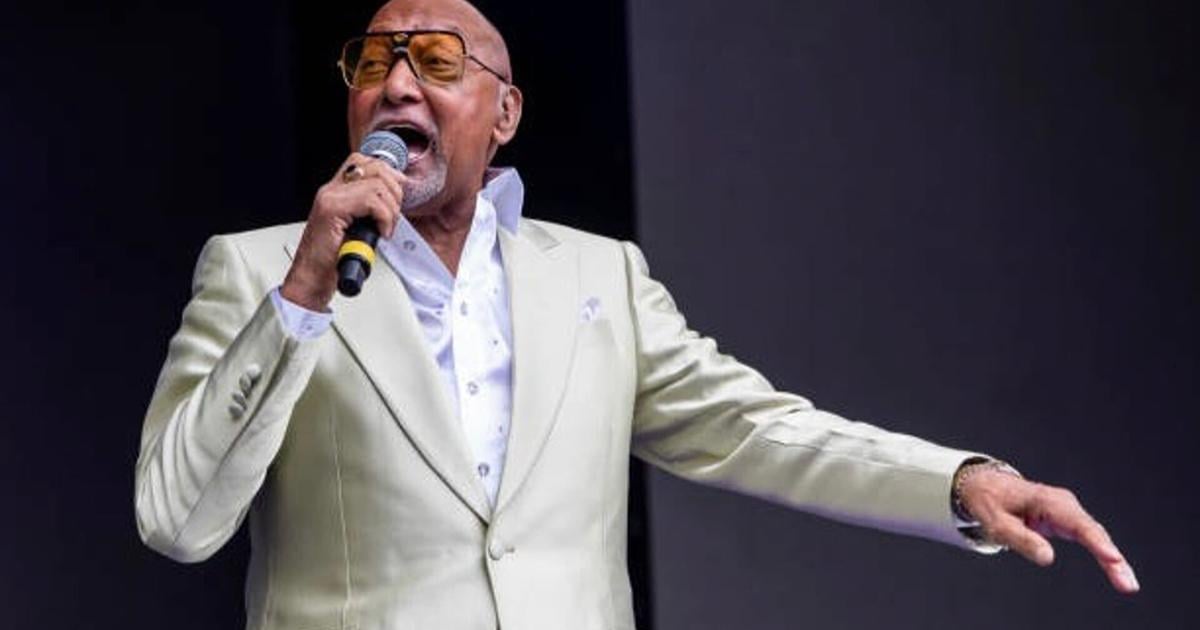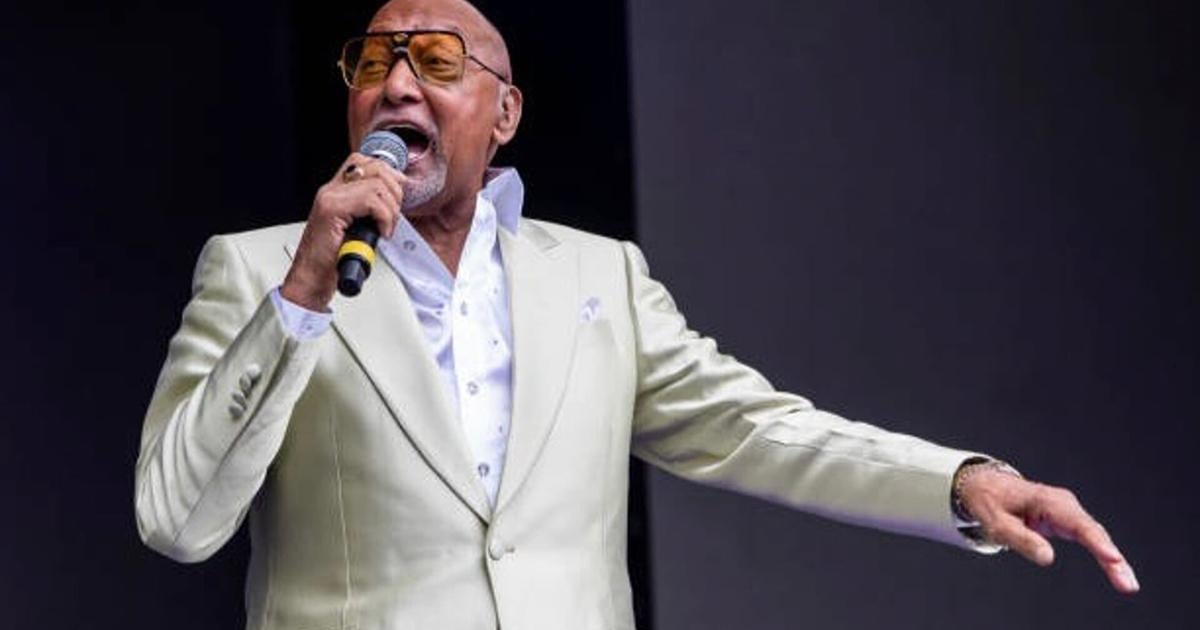One thing is certain about the latest exhibit, “Reflecting Lenses: 20 Years of Photography” at Gorman Museum of Native American Art on the UC Davis campus: It does not include Edward Curtis’ images of American Indians.
“But some of our artists have definitely responded to his work,” exhibit curator Polly Nordstrand said during a brief telephone interview Monday, referring to the American photographer (1868 to 1952) whose huge landmark series, “The North American Indian,” defined what many white Americans at the time imagined what life was like for our nation’s first peoples.
She said Curtis created “stereotypes” of what he believed was a “vanishing race,” but, perhaps alluding to an Indian interpreter who supposedly told Curtis, “You are trying to get what does not exist,” missed out on the true essence and reality of American Indian life in the early 20th century, especially as reflected from an Indigenous point of view. (To be fair, while Curtis’ massive collection may have its shortcomings, it is also considered a body of work devoted to the notion of life lived in harmony with tradition and nature.)
More than two dozen Indigenous artists from North America, Aotearoa and Australia, all from diverse backgrounds, are represented in the exhibition, which highlights the museum’s photography collection alongside new works on loan from several artists. The show of 26 pieces by 22 artists — with artworks ranging in size from 16 by 20 inches to 46 by 154 inches (or roughly 4 feet by 13 feet) — continues to Sept. 1.
For decades, the museum has hosted artists who advance Indigenous “visual sovereignty,” said Nordstrand, which she defined as the assertion of Indigenous autonomy, “nationhood and self-rule,” through visual media.
No surprise, photographs are central to the museum’s collection of contemporary art. And their themes often “relate to social and environmental justice, connection to homeland and Indigenous empowerment in the contemporary world,” museum curator Veronica Passalacqua said in a press statement.
Throughout its nearly 200-year history, photography, she added, has been “a tool for colonial projects” across the globe, as non-native photographers produced images that dehumanized and stereotyped Indigenous people, suggesting narratives of “vanishing cultures, primitive minds and victims of progress,” as Curtis, arguably, did.
Photography was not taken seriously as an art form until the early 20th century but especially so in the 1960s, when art schools began to acknowledge it as important art.
And the work of early Indigenous photographers can be seen as the emergence of a native point of view.

“These images not only restore dignity to the subject but also reflect the priorities and realities of Indigenous experiences,” Passalacqua wrote in the prepared statement. “Taking up the camera was an act of visual sovereignty.”
Contemporary artists, in general, approach photography from a variety of ways, from photojournalism and performance art to digital production and filmmaking.
“There’s a huge variety of what artists are able to do” with the act of taking the photo and its printing to its manipulation an inclusion among other media to enhance effect, Nordstrand said.
Consider “Pony Girl,” from Hukpapa Lakota artist Dana Claxton’s “The Mustang Series,” which shows two women, one American Indian, the other white, both clad in red clothing, one pointing to the distance, ther other wearing a bridle in her mouth.
“They symbolize the signficance of the horse” in Lakota culture, Black Elk’s vision of the Horse Dance, and pop culture, expressing “Indians moving into the future,” said Nordstrand.
A black-and-white collage by Larry McNeil, a Tlingit Alaskan native, appears to signify the negative advances of capitalism and Big Oil and their impacts on American Indian people and their lands.
Brenda L. Croft’s “Irrisistable/irresistible,” a 2000 Ilfachrome digitally manipulated image from the series “fever (you give me),” was part of a project developed over three years while she worked in New York City and then created it in Perth and Sydney, Australia.
Croft’s statement on the label reads, in part (with her punctuation): “The sense of travel informs much of the work; hard to locate, links to place, strands of time. Diluted by the filter of popular/populist/revisionist story telling. The making of new, invidious (urban) myths.”
In a reference to Australian history, specifically colonial rule, Croft also noted: “Irrisistable was the name of one of the first ships that arrived in Australia after 1788. Irresistible is also how the first arrivals considered Indigenous women.”
Passalacqua characterized the exhibit works as producing “visions of collective memory and counter narratives, in addition to portraits and landscapes.”
The primary subject matter? “Native presence,” she said in the news release.
Nordstrand said the exhibit shows “the caliber” of the Gorman photography collection and its artists, which are collected internationally.
“The artists in our collection have the highest recognition in the field,” she added.
Some related events: 2 p.m. Sunday, a curator walk-through with Nordstrand; and 2 to 4 p.m. April 12, an artist talk and reception with Sarah Sense.
The exhibition and events are sponsored by The Andrew W. Mellon Foundation Art Museum Futures Fund and the UC Davis College of Letters and Science.
IF YOU GO
What: “Reflecting Lenses: 20 Years of Photography at the Gorman Museum”
Where: Gorman Museum of Native American Art, 1 Shields Ave., UC Davis
When: Through Sept. 1
Hours: 11 a.m. to 5 p.m., Wednesdays to Fridays; and noon to 5 p.m. Saturdays and Sundays
Admission: Free
Online: gormanmuseum.ucdavis.edu
Telephone: (530) 752-6567





